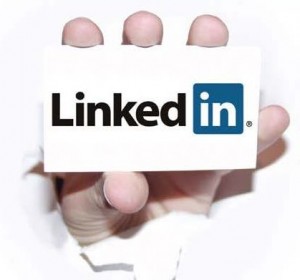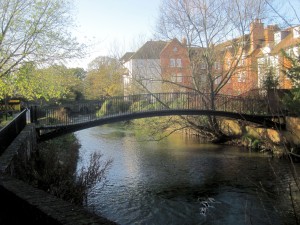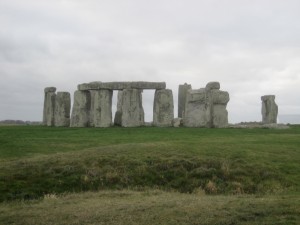On a recent camping trip, my pal Bill called out to me with some urgency. “Hey Rich! Come take a look at this!”
He was pointing to something floating in a nearby stream, swollen from the spring melt. However, by the time I made my way to the stream, whatever it was had floated on by, out of sight.
“Oh, you missed it,” Bill said. “It was really cool.”
 We stood there for a brief moment, a mild look of chagrin crossed his face. “Well, tell me about it then,” I said. And he tried, but just couldn’t describe it in a way that did this mysterious object any justice.
We stood there for a brief moment, a mild look of chagrin crossed his face. “Well, tell me about it then,” I said. And he tried, but just couldn’t describe it in a way that did this mysterious object any justice.
“You just had to see it,” he concluded.
“Well, I suppose I could jog down the stream bank and catch up to it,” I said helpfully.
He gave me a wry smile. “It was cool,” he replied. “But it wasn’t that cool.”
And so it is with your Twitter stream. Tweets flow down your Twitter stream continuously, and many of them are cool. But unless you are there, on the bank so to speak, they just flow by unnoticed and unappreciated. Yes, you could “run down” your Twitter stream’s bank to peruse all those past tweets, but are they really worth it? Most likely, no.








